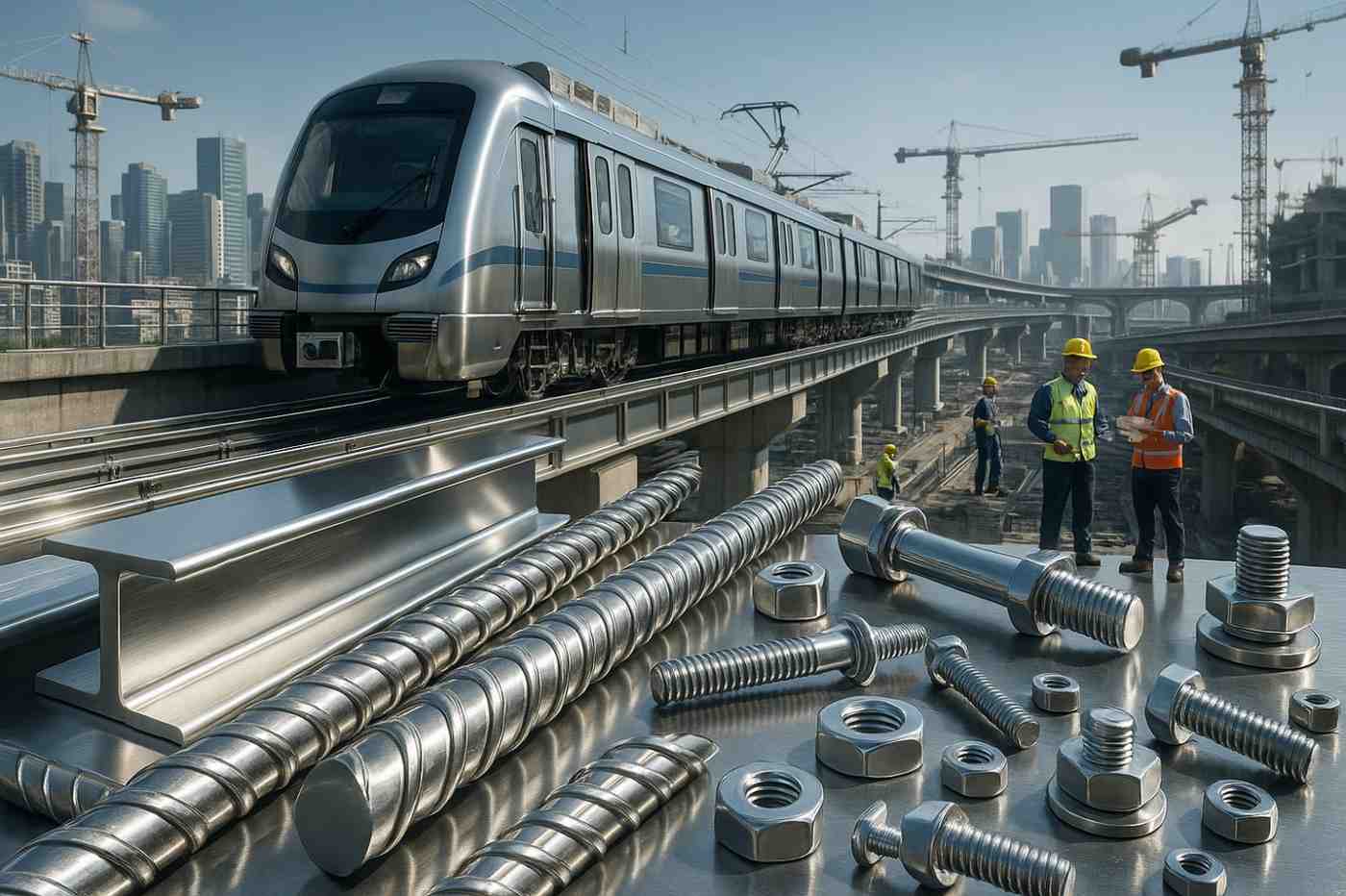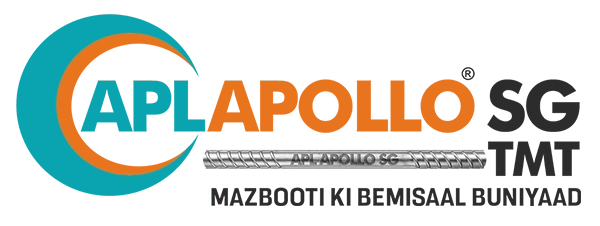
Introduction
India’s steel industry is at the heart of its economic growth story. With the government pushing mega projects under “Gati Shakti”, Smart Cities Mission, and affordable housing initiatives, the country is expected to cross 200 MT in steel consumption by 2030 (World Steel Association).
But here’s the shift many overlook:
Steel is no longer just about the price per kg. In the new infrastructure era, contractors, architects, and suppliers must evaluate steel through the lens of supply security, sustainability, lifecycle costs, and compliance with green norms.
At the center of this transition stands stainless steel — a material that combines strength, corrosion resistance, and modern aesthetics. From metro projects to airports and flyovers, stainless steel is quietly powering India’s biggest infrastructure achievements.
This guide unpacks why stainless steel is gaining prominence, how it impacts procurement and construction practices, and what contractors and dealers must know to stay ahead.
Why Stainless Steel is Becoming the Backbone of Indian Metro Projects
Durability & Safety as Primary Drivers
Corrosion resistance ensures long-term performance, especially in India’s tropical and humid climates.
Fire resistance makes stainless steel ideal for enclosed metro environments where passenger safety is non-negotiable.
Longer service lifecycle means reduced maintenance costs, translating to savings for contractors and operators.
Government Push for Long-Term Infrastructure
According to the Ministry of Housing & Urban Affairs, over 50 Indian cities are expected to have functional metro systems by 2035. The government has clearly outlined its intent to prioritize durable, low-maintenance materials — a space where stainless steel outperforms mild steel.
Contractors who align their procurement strategy with these trends stand to win more bids and deliver higher-quality results.
The Case of Bengaluru Metro Phase II
A real-time example of stainless steel’s rising role is the Bengaluru Metro Phase II project.
In August 2025, the Bangalore Metro Rail Corporation Limited (BMRCL) inducted three new trains built by the CRRC-Titagarh consortium.
The rolling stock uses 301N austenitic stainless steel, supplied by Jindal Stainless Steel.
In total, the project involves 53 trains designed for efficiency, safety, and long-term reliability.
Key Learnings for Contractors & Dealers
Domestic suppliers like Jindal Stainless are capable of replacing imports — a big shift for India’s self-reliance in steel.
Projects that integrate quality stainless steel upfront have significantly fewer mid-project material failures, avoiding costly delays.
Technical Advantages of Stainless Steel in Metro and Infrastructure
Structural Benefits
Higher tensile strength allows for lightweight but durable designs, particularly in metro coaches.
Enables slimmer structural members, creating more space efficiency without compromising safety.
Environmental & Sustainability Edge
100% recyclable, aligning with global green infrastructure targets.
Lower lifecycle carbon footprint compared to carbon steel.
Helps builders and architects meet ESG (Environmental, Social, Governance) goals, now increasingly part of tender requirements.
Cost-Benefit Analysis
While stainless steel carries a 10–15% higher upfront cost, studies show it leads to:
15–20% savings in long-term operations and maintenance (O&M).
Fewer replacements and repairs → better ROI for both contractors and metro authorities.
Global Trends in Stainless Steel Usage for Transit & Infrastructure
International Benchmarks
Shanghai Metro: Widely uses stainless steel cladding for coaches due to high passenger volume and humidity.
London Cross-rail: Stainless steel deployed in station cladding and safety barriers for longevity.
New York Subway Modernization: Replacing outdated mild steel with stainless for better resistance to corrosion and vandalism.
India’s Catch-Up Game
India is actively closing the gap by:
Encouraging domestic production through tariff adjustments.
Incentivizing metro and smart city projects to adopt stainless steel as a default.
For contractors, this is a signal: procurement strategies must align with global durability standards, not just local pricing trends.
Practical Guide for Contractors & Suppliers in India
How to Source Stainless Steel Efficiently
Partner with approved suppliers (e.g., Jindal Stainless, SAIL, Apollo’s partner ecosystem).
Verify material certifications against IS:6911 standards.
Avoid unverified imports that may not meet metro-grade specifications.
Procurement & Budget Planning Amid Tariffs
India’s safeguard tariff has shifted from 12% to 11% in 2025.
Contractors must plan 6–9 month procurement cycles, factoring in tariff effects and currency fluctuations.
Applications Beyond Metro Projects
Stainless steel isn’t limited to metro coaches. Contractors increasingly use it in:
Flyovers & Bridges: railing, support structures.
Airports: safety barriers, cladding, roofing.
Smart Cities: street furniture, light poles, and transport hubs.
Binding Wire & Fasteners: corrosion-resistant integration into RCC and steel frameworks.
Challenges and Future Outlook
Price Volatility & Global Trade Tensions
US sanctions, Chinese export policies, and raw material scarcity remain risks.
Contractors must adopt dual supply chains — combining reliable domestic sourcing with selective global imports.
The Road Ahead to 2030
India’s demand projected to cross 200 MT (World Steel Association).
Stainless steel will dominate high-value projects like metros, airports, and bridges.
Contractors who pivot now will gain a first-mover advantage in tender competitions.
Conclusion & Call to Action
Stainless steel is not just another construction material — it is a strategic enabler of India’s infrastructure revolution. For contractors, dealers, and architects, the message is clear:

At SG Mart Limited, we support contractors and infrastructure builders with a reliable supply of:
Stainless Steel products
TMT Bars (Fe 500, Fe 550, Fe 500D, Fe 550D)
Apollo Fasteners
MS Binding Wire
Welding Rods
Partner with us to secure your projects against supply shocks and quality risks.




